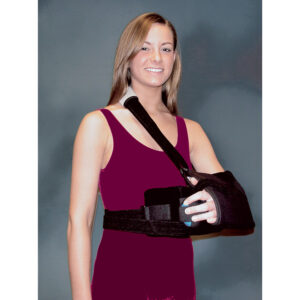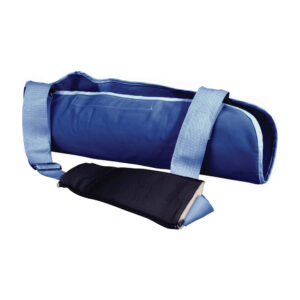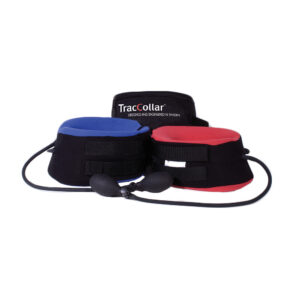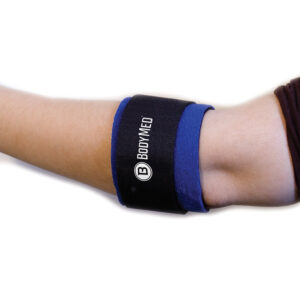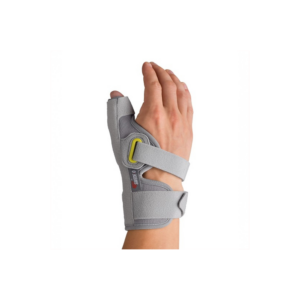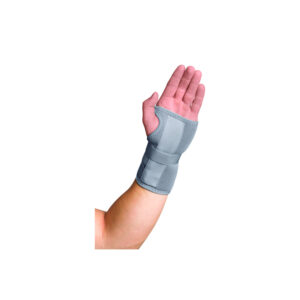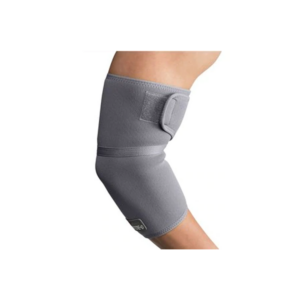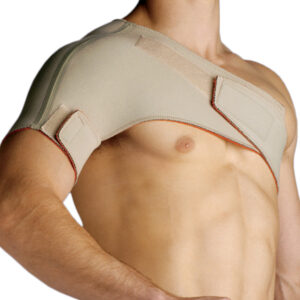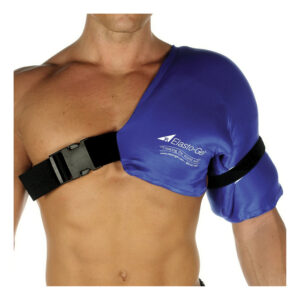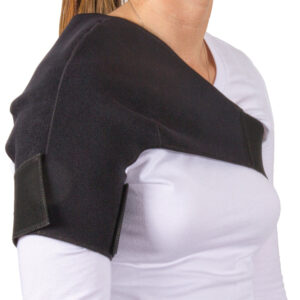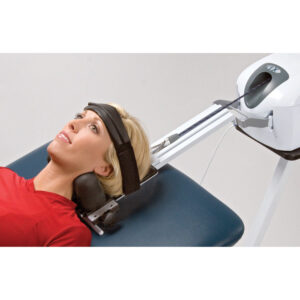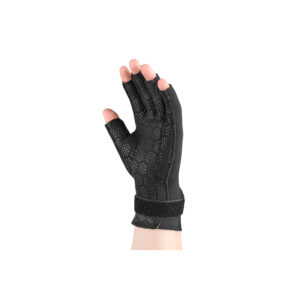Upper Extremity Supports
Frequently Asked Questions
Why is selecting the right upper extremity support crucial for rehabilitation?
Physical therapists understand the significance of choosing appropriate upper extremity supports for rehabilitation as these devices play a pivotal role in facilitating the healing process. The right support ensures proper alignment, stability, and protection for injured or weakened upper extremities. By providing targeted support, these devices can aid in preventing further injury, promoting optimal joint function, and enhancing the effectiveness of therapeutic exercises. Physical therapists prioritize supports that cater to the unique needs of each patient, considering factors such as the nature of the injury, the stage of recovery, and individual biomechanics. Consequently, the selection of an ideal upper extremity support becomes a key component in developing comprehensive and tailored rehabilitation plans.
How do physical therapists determine the appropriate level of compression for upper extremity supports?
Physical therapists assess and recommend the level of compression for upper extremity supports based on the specific needs of their patients. The compression level is often determined by the nature and severity of the injury, the individual’s tolerance, and the therapeutic goals. A balance must be struck between providing sufficient compression to support the injured area and ensuring proper blood circulation. Physical therapists carefully consider factors such as swelling, inflammation, and the overall health of the soft tissues to prescribe the optimal compression level. This personalized approach ensures that the upper extremity support not only aids in recovery but also contributes to the overall well-being of the patient during rehabilitation.
How do physical therapists evaluate the ergonomic design of upper extremity supports?
Physical therapists prioritize the ergonomic design of upper extremity supports to enhance patient comfort and optimize therapeutic outcomes. The evaluation includes assessing the support’s fit, adjustability, and overall design to ensure it complements the biomechanics of the upper extremity. An ergonomic design promotes proper joint alignment, reduces undue stress on surrounding structures, and facilitates natural movement patterns during rehabilitation exercises. Physical therapists consider the adaptability of the support to various activities, ensuring that it doesn’t hinder functional movements critical for recovery. By carefully evaluating the ergonomic aspects, therapists aim to enhance patient compliance and satisfaction while maximizing the therapeutic benefits of the upper extremity support.
What role do upper extremity supports play in improving proprioception during rehabilitation?
Physical therapists recognize the importance of proprioception in the rehabilitation process, and upper extremity supports can play a crucial role in enhancing this proprioceptive feedback. These supports provide a sensory input that aids in joint position awareness and movement control, especially in cases of injury or instability. By offering a controlled and supportive environment, upper extremity supports contribute to proprioceptive training, allowing patients to regain confidence and control over their movements. Physical therapists strategically incorporate supports to challenge and progressively improve proprioceptive abilities, fostering a more comprehensive and effective rehabilitation experience for their patients.
How do physical therapists assess the durability and maintenance requirements of upper extremity supports?
Physical therapists consider the durability and maintenance requirements of upper extremity supports to ensure the longevity and effectiveness of these devices in supporting rehabilitation goals. Evaluating the materials, construction, and overall quality of the support is essential to determine its durability under various conditions. Therapists educate patients on proper usage and maintenance, including cleaning instructions and any specific care guidelines. Understanding the lifespan of the support allows therapists to plan for replacements or adjustments as needed during the course of rehabilitation. By addressing these practical aspects, physical therapists aim to provide comprehensive support that not only aids in the recovery process but also withstands the rigors of daily use and therapeutic exercises.

